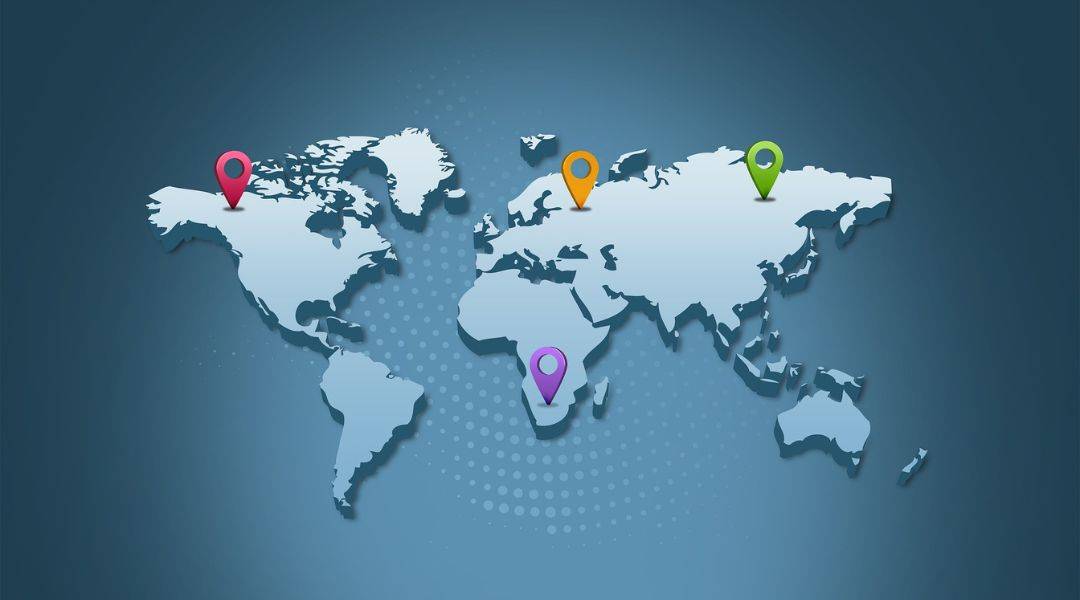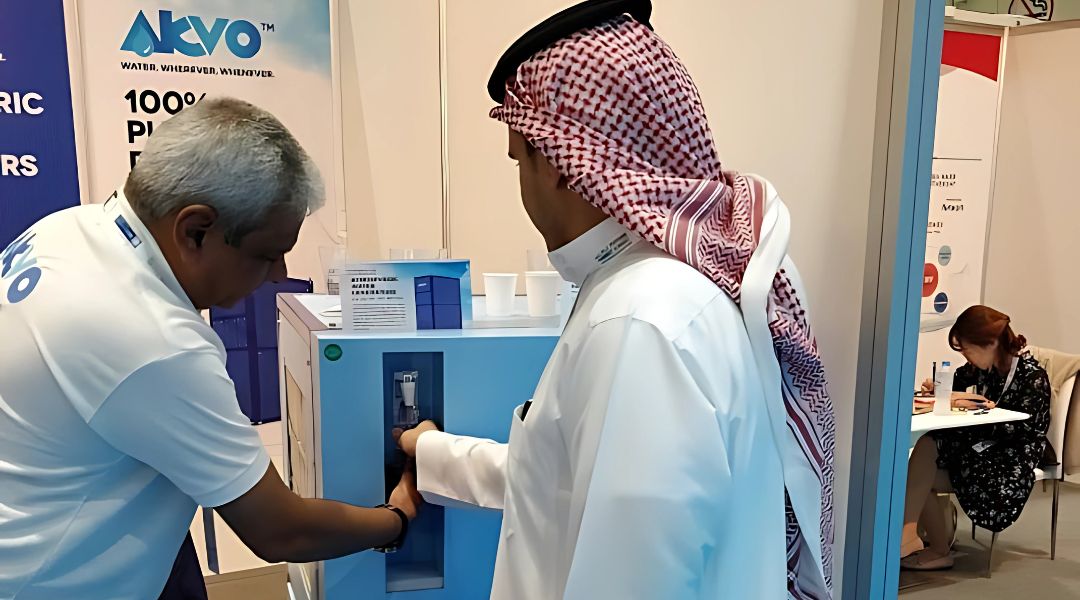As climate change intensifies and extreme weather events strain freshwater availability, Indian researchers and innovators are exploring cutting-edge solutions to tackle water scarcity. On World Water Day, attention turns to ideas that go beyond conventional sources like groundwater and surface water.
Harnessing Rain Energy
Dr. Visakh Vaikuntanathan and his team at Shiv Nadar University are working on an innovative concept: extracting energy from rainfall. Their research focuses on “all-weather cells” that function as both solar and rain-powered energy units. By calculating rainfall intensity and raindrop energy using IMD data, they aim to build a rain energy map and harvest kinetic energy through rooftops and drainage systems.
Water from Air: A Real-World Solution
Another futuristic technology making real-world impact is atmospheric water generation (AWG). Navkaran Singh Bagga, CEO of Akvo, leads the way with machines that pull humidity from the air and turn it into clean drinking water. Operating in 15 countries, Akvo offers eco-friendly, decentralized water systems with zero upfront costs through its BOOT model. The company recently launched the Water-on-Want (WoW) initiative, providing sustainable water solutions to corporates across India.
“AWG offers a reliable and green alternative to depleting water resources,” says Bagga. “It’s scalable, efficient, and built for future resilience.”
Technology and the Himalayas
In the Himalayan region, melting glaciers are altering river flows and threatening water security. Experts like Dr. Dipankar Saha from MRIIRS emphasize the need for urgent intervention. Companies such as Suhora are using satellite data, sensors, and predictive analytics to monitor glacial changes and help reduce disaster risks.
With India home to 18% of the global population but only 4% of freshwater resources, such innovative technologies are not just promising – they’re essential.
To read the full article visit here.



